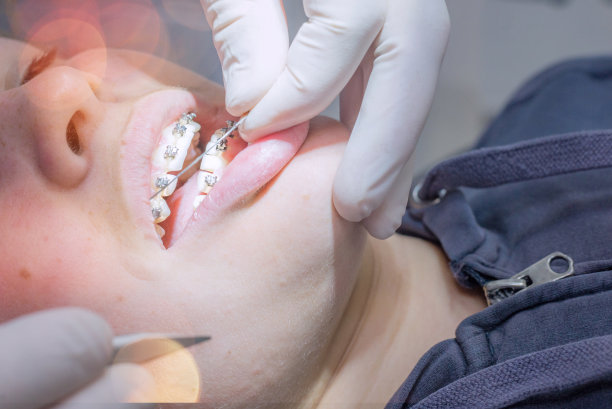Extracting a Tooth The Essential Guide to Understanding the Procedure and Aftercare for Dental Health
Summary: Extracting a tooth is a dental procedure that many may face at some point in their lives. This essential guide aims to demystify the tooth extraction process and provide insight into the procedures itself, the various reasons a tooth may need to be removed, and the aftercare required to ensure optimal healing. By understanding better how an extraction works, the pain management involved, and the post-extraction guidelines to maintain dental health, patients can approach this necessary procedure with confidence and awareness, ensuring a smoother experience and recovery.
1. Understanding the Reasons for Tooth Extraction

Tooth extraction may be necessary for various medical and dental reasons. One of the most common causes is dental decay. When a tooth has extensive decay that cannot be repaired with a filling or other treatment, extraction becomes the best option to prevent further complications. A decayed tooth has the potential to introduce bacteria into other areas of the mouth, which can lead to infections.
Another reason for extraction can be crowding. In situations where a person鈥檚 mouth does not have enough space for their teeth, particularly in the case of orthodontics, some teeth may need to be removed to allow others to shift into their correct positions. This is particularly common in teenagers and young adults as their wisdom teeth develop.
Additionally, gum disease can result in tooth extraction. Periodontal disease can weaken the connective tissues and bone that support the teeth, sometimes resulting in the need to remove teeth that are jeopardizing overall oral health. Understanding these reasons can help patients recognize when extraction is the best course of action.
2. The Tooth Extraction Procedure Explained
The tooth extraction procedure varies depending on whether the tooth is impacted or fully erupted. For a simple extraction of an erupted tooth, local anesthesia is typically administered to numb the area. The dentist will then loosen the tooth with an instrument called an elevator before removing it carefully from the socket.
In contrast, surgical extraction is required for impacted teeth, such as wisdom teeth. This procedure may involve incisions in the gum tissue and the removal of bone that may be obstructing access to the tooth. Sedation may also be used to help the patient stay relaxed and comfortable throughout the surgery.
Regardless of the type of extraction, the dentist will provide a detailed pre-procedure assessment to ensure that the patient is informed and prepared. Understanding the procedure significantly reduces anxiety and gives clarity on what to expect during the extraction.
3. Pain Management and Recovery After Extraction
Pain management post-extraction is essential for a comfortable recovery. Over-the-counter pain relievers are commonly recommended, such as ibuprofen or acetaminophen, to alleviate discomfort. In some cases, stronger medication may be necessary, and this will be prescribed by the dentist.
In addition to medication, applying ice packs to the face can help reduce swelling and numb the area, easing pain during the healing process. Patients should follow their dentists instructions carefully regarding when and how to use ice packs.
Recovery times vary, but most patients can expect some discomfort for a few days. Adhering to aftercare instructions, such as avoiding hard or chewy foods, maintaining oral hygiene while being gentle around the extraction site, and observing any signs of complications, is crucial to ensure a smooth recovery.
4. Aftercare Tips for Optimal Dental Health
After the extraction, following a meticulous aftercare regime can promote healing and help prevent infections. One crucial guideline is to avoid rinsing the mouth vigorously for the first 24 hours, as this can dislodge the blood clot that forms in the extraction site, known as dry socket.
Additionally, smoking should be avoided for at least 72 hours post-extraction, as it can interfere with blood flow and healing. Eating soft foods and staying hydrated are also vital components of the recovery process, making it easier on the extraction site.
Regular follow-up appointments with the dentist should be scheduled to ensure the extraction site is healing properly and that no complications arise. Maintaining a proactive approach to oral hygiene and following aftercare guidelines can significantly impact overall dental health moving forward.
Summary:
In conclusion, understanding tooth extraction, from the reasons necessitating this procedure to the steps involved and guidelines for recovery, can empower patients in managing their dental health. Dental extractions, while sometimes daunting, are a necessary and often beneficial part of maintaining oral health. Knowledge of the process and post-operative care can pave the way for a successful outcome.
This article is compiled by Vickong Dental and the content is for reference only.


